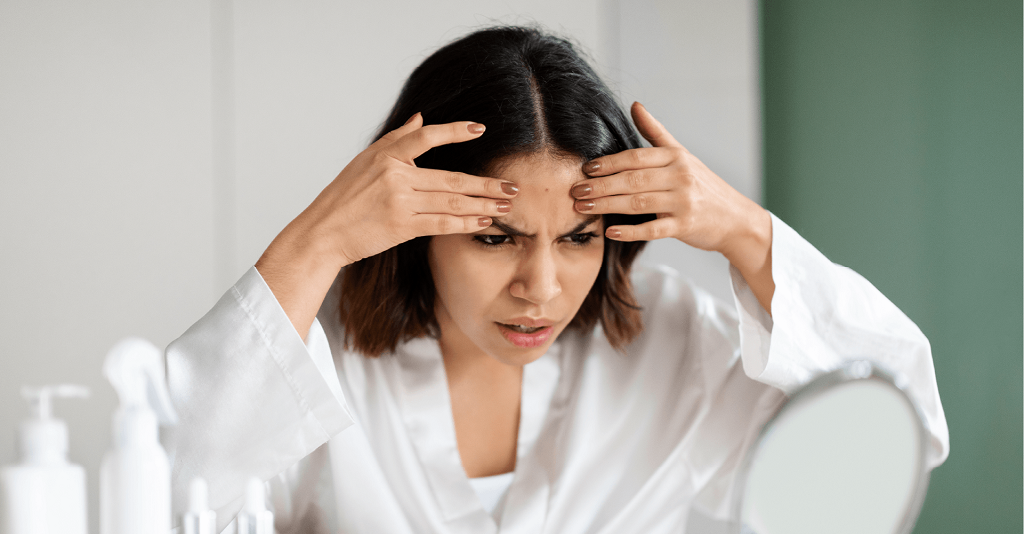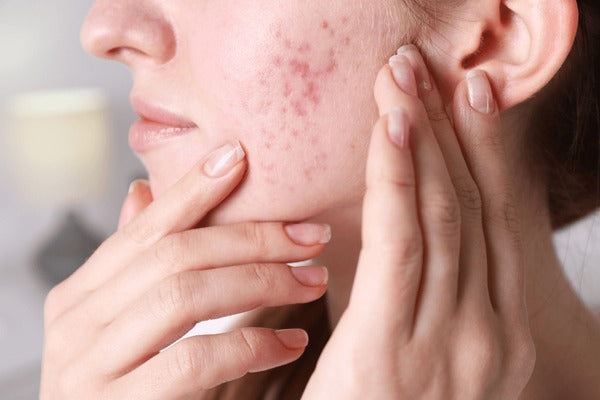Types of Folliculitis: Insightful Guide for Beauticians
Folliculitis, a common skin concern, often makes its presence felt in beauty routines across the world. Understanding the types of folliculitis can provide beauticians with the necessary insight to better advise and care for their clients' skin. As a beautician, it's essential to be well-versed in different skin issues, including the types of folliculitis, which present in a variety of forms and symptoms.
Addressing skin conditions with knowledge and skill not only improves the client's experience but also enhances their trust in your expertise. Notably, the types of folliculitis differ in cause, appearance, and severity, often requiring specific treatment and preventive measures.
Understanding Folliculitis: The Basics
Folliculitis is an infection or inflammation of the hair follicles, affecting areas where hair grows. This condition can result from bacterial, fungal, or viral infections, and may sometimes appear due to irritation or blockage of the follicles. Key symptoms include itchiness, redness, and pus-filled bumps around the hair follicles.
The Different Types of Folliculitis Beauticians Should Know
Bacterial Folliculitis
Most often caused by Staphylococcus aureus, bacterial folliculitis is one of the most common types encountered in beauty salons. This type presents as red, pus-filled pimples that can be painful or itchy. Efficient sanitation and proper skincare can help prevent such bacterial infections.
Pseudomonas Folliculitis
Sometimes known as hot tub folliculitis, this type is caused by Pseudomonas aeruginosa, a bacteria commonly found in hot tubs and pools with inadequate chlorine levels. It typically results in itchy, red, or pink bumps a few days after exposure, usually clearing up on its own.
Pityrosporum Folliculitis
This form is caused by yeast and primarily affects teens and adults, presenting as itchy, acne-like breakouts on the back and chest. Addressing the yeast component through antifungal treatments and gentle skincare can be effective.
Gram-Negative Folliculitis
Occurring after prolonged antibiotic use for acne, Gram-negative folliculitis arises due to an overpopulation of harmful bacteria. Consulting a dermatologist may be necessary to alter the treatment plan and combat these bacteria effectively.
Viral Folliculitis
Although less common, viral folliculitis, usually caused by the herpes simplex virus, manifests as cold sores or fever blisters. Antiviral medications are typically prescribed to manage outbreaks.
Preventative Measures and Treatment Options for Beauticians
Preventing folliculitis involves maintaining proper hygiene in beauty treatments and advising clients on daily skin care. Using single-use or sterilized tools and ensuring clean environments help tremendously in preventing bacterial spread.
For specific treatments, incorporating antibacterial or antifungal solutions post-epilation can offer clients an added layer of protection. In cases of persistent folliculitis, recommending consultation with a dermatologist ensures professional medical advice. More insights on managing folliculitis can be found here.
Professional Advice: Consulting a Dermatologist
Beauticians may often be the first to identify symptoms of folliculitis in clients. In persistent or severe instances, advising clients to seek dermatological advice ensures they receive accurate diagnoses and effective treatments. Collaborating with dermatologists can also enhance your practice, creating holistic care for those who seek beauty and health from the inside out.
For more comprehensive information on the symptoms and causes, check this resource.

Frequently Asked Questions
What triggers the different types of folliculitis?
The triggers vary from bacteria, fungi, and viruses to irritation from shaving or clothing. Each type requires specific attention and care.
How can beauticians prevent folliculitis during treatments?
Implementing strict hygiene protocols, using sterilized equipment, and advising on post-treatment skincare can significantly mitigate risks.
Are there specific treatments for each type of folliculitis?
Treatments differ widely depending on the cause; some require antibacterial agents while others might need antifungal or antiviral medications.
Addressing folliculitis knowledgeably offers beauticians a powerful tool in skincare, matching expert treatment with beauty goals. By understanding and identifying signs of these skin conditions, you are better equipped to provide value-added services.
For more beauty tips and advice on dealing with skin conditions, you may want to explore more on related topics.

